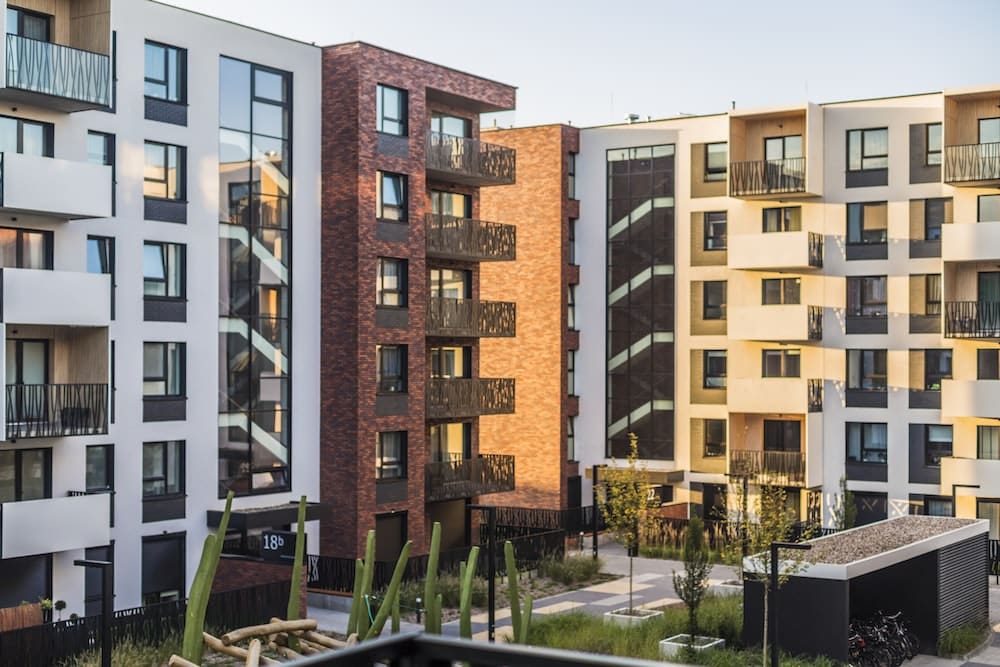An important aspect of investing in multi-family real estate is thinking about the type of tenants you want to attract. Are you looking for young professionals, families, retirees, or other audiences?
The answer to this question will determine what type or class of property you’re going to invest in since each prospectus tenant will be looking for different things based on their income, lifestyle, social circle, and habits.
In this post, we’ll share a quick guide to multi-family apartment classes to help you make a more informed decision when building or improving your multi-family real estate portfolio.
Understanding Property Classification
Property class is an important metric in the real estate industry. It simply represents the level of risk and returns an investment property entails. Classifications are typically based on a property’s physical condition, location, facilities, security, market behavior (supply & demand), and other factors.
Together, these factors help investors determine whether or not a certain multi-family apartment building suits their investment strategy and other requirements.
The 4 Multi-Family Apartment Classes
Now that you understand the importance of property classification, let’s check out the four types of multi-family apartments you can invest in:
1. Class A Multi-Family Apartments
Class A multi-family properties represent the top-tier investment buildings in the market in terms of physical condition, area, security, and other factors. These properties are either newly-built or built within 10-15 years. Moreover, they offer modern amenities, such as gyms, patios, pools, etc., and are often located in the best neighborhoods in town.
As a result, these properties are expensive to procure. However, they also offer the highest rental income and return on investment.
2. Class B Multi-Family Apartments
Class B Apartments are a step down from their Class A counterparts. They’re relatively older(20 years or more) and may not be located in the best parts of town. However, they’re the next best alternative for investors looking for good properties are marginally lower prices.
Overall, these properties often offer the same facilities and amenities as Class A buildings but not of the same standard. As a result, they’re more suitable for medium-income families or professionals.
3. Class C Multi-Family Apartments
Class C multi-family apartments can be defined in a simple phrase – Not terrible, but not great. These properties are usually two or three decades old and located in old or developing neighborhoods. As a result, their infrastructure is typically outdated. Most don’t offer any amenities and often come with deferred maintenance.
Hence, they have low rental and high vacancy rates.
4. Class D Multi-Family Apartments
At the bottom, we have Class D multi-family apartments. As you can imagine, these are the most neglected properties in the real estate investment market. They’re typically located in sketchier areas of town, making them prone to security issues. Moreover, they’re usually poorly constructed and have outdated or worn-out interiors.
Hence, they’re usually the go-to choice for low-income families and individuals who are likely to delay or not pay rent. Therefore, it offers the lowest return on investment and the most inconsistent cash flow for investors.
Wrapping Up
Regardless of the type of property you’re looking to invest in, you’re likely to come across options that fall on both ends of the spectrum, in terms of price, quality, ROI, and other factors. By understanding multi-family apartment classes, you can make a more informed decision and find the perfect balance between your investment budget and assets.
If you need help finding the best multi-family apartments or other real estate properties in Rio Grande Valley, get in touch with CHRE right away and explore our vast options.






Leave A Comment